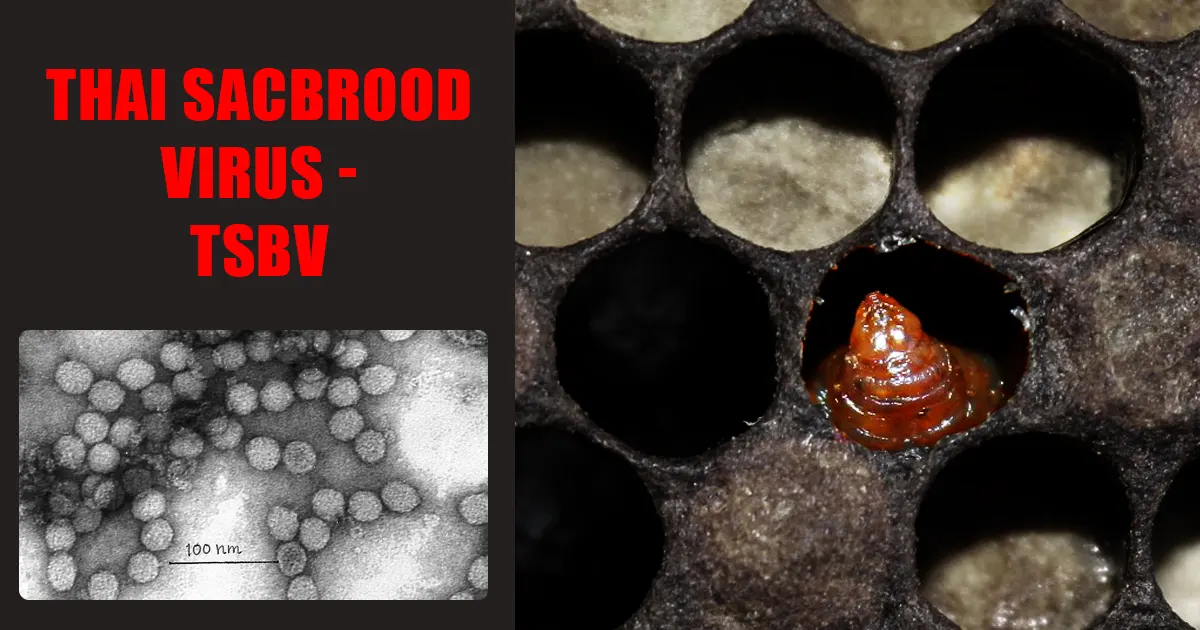
Context
The Thai Sacbrood Virus (TSBV) poses a significant threat to Asiatic honey bees, endangering their populations and the ecosystems they support.
About Thai Sacbrood Virus (TSBV)
- TSBV is a variant of the Sacbrood Virus (SBV), which affects honey bee colonies.
- First identified in Thailand in 1976, the virus caused catastrophic losses in South India during 1991-92, destroying over 90% of the bee colonies at the time. It resurfaced in Telangana in 2021 and has also been reported in China and Vietnam.
- The virus targets bee larvae, leading to reduced colony populations.
- Symptoms include an uneven brood pattern, discolored or sunken cappings, and perforated surfaces scattered across the brood.
About the Asian Honeybee (Apis cerana)
- Found across South Asia, including India, Sri Lanka, and Nepal, and parts of Southeast Asia like Thailand, Vietnam, and Indonesia.
- Among the most domesticated bee species in the region, it plays a vital role in agriculture due to its adaptability and resilience.
- Known for its calm demeanor and robust colony defense mechanisms, including hive thermoregulation by wing fanning.
- Produces honey renowned for its nutritional and medicinal benefits.
Indigenous Bee Species in India
India is home to over 700 bee species, including four primary indigenous honeybees:
- Asiatic Honey Bee (Apis cerana indica)
- Giant Rock Bee (Apis dorsata)
- Dwarf Honey Bee (Apis florea)
- Stingless Bee (Trigona sp.)
Government Initiatives for Honey Bee Conservation
- National Beekeeping & Honey Mission (NBHM)
- Objective: Foster the beekeeping industry for income generation, employment, agricultural production enhancement, and infrastructure development.
- Key Components:
- Integrated Beekeeping Development Centres (IBDCs)
- Honey and bee disease diagnostic labs
- Custom hiring centres and Api-therapy centres
- Development of nucleus stock
- Empowering women through beekeeping
- Madhukranti Portal
- Objective: Provide online registration and support to beekeepers.
- Features:
- Offers resources and assistance for beekeeping activities
- Ensures better management and support for beekeepers
- Honey Farmer Producer Organizations (FPOs)
- Objective: Enhance collective marketing and production efficiency for beekeepers.
- Benefits:
- Facilitates market access
- Improves production techniques
- Increases beekeeper incomes




